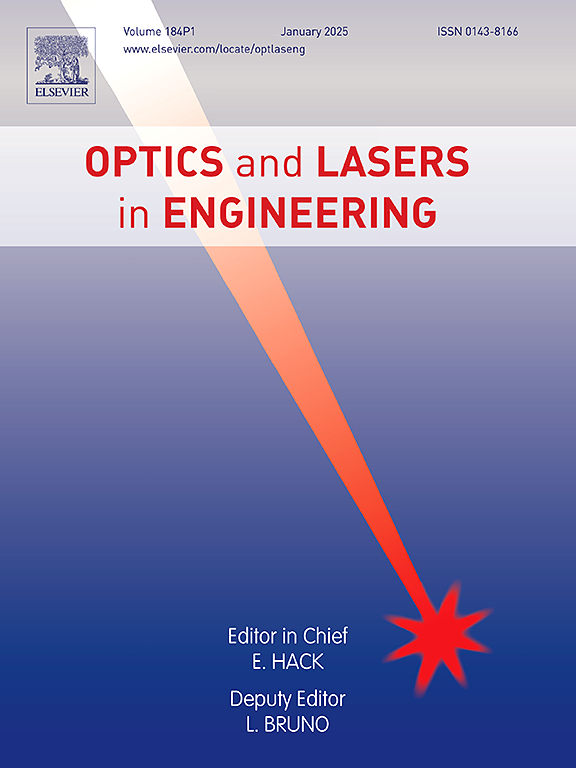Unsupervised light field disparity estimation using confidence weight and occlusion-aware
IF 3.5
2区 工程技术
Q2 OPTICS
引用次数: 0
Abstract
Light field disparity estimation is a crucial topic in computer vision. Currently, deep learning methods have shown significantly improved performance compared to traditional methods, especially supervised learning approaches. However, the high cost of obtaining real-world depth/disparity data for training greatly limits the generalization ability of supervised learning methods. In this paper, we propose an unsupervised learning method for light field depth estimation by utilizing confidence weights to evaluate the reliability of disparity features. First, during the disparity estimation and inference process, we introduce confidence weights to assess the reliability of disparity features, assigning higher weights to non-occluded and low-noise areas to effectively handle errors caused by occlusion and noise. Second, we design an occlusion-aware network to predict occluded regions in the views, which addresses the interference of occluded regions when computing unsupervised loss during training, thus enhancing the overall estimation accuracy. Extensive experimental results show that our method outperforms traditional methods and some of the latest unsupervised learning methods.
求助全文
约1分钟内获得全文
求助全文
来源期刊

Optics and Lasers in Engineering
工程技术-光学
CiteScore
8.90
自引率
8.70%
发文量
384
审稿时长
42 days
期刊介绍:
Optics and Lasers in Engineering aims at providing an international forum for the interchange of information on the development of optical techniques and laser technology in engineering. Emphasis is placed on contributions targeted at the practical use of methods and devices, the development and enhancement of solutions and new theoretical concepts for experimental methods.
Optics and Lasers in Engineering reflects the main areas in which optical methods are being used and developed for an engineering environment. Manuscripts should offer clear evidence of novelty and significance. Papers focusing on parameter optimization or computational issues are not suitable. Similarly, papers focussed on an application rather than the optical method fall outside the journal''s scope. The scope of the journal is defined to include the following:
-Optical Metrology-
Optical Methods for 3D visualization and virtual engineering-
Optical Techniques for Microsystems-
Imaging, Microscopy and Adaptive Optics-
Computational Imaging-
Laser methods in manufacturing-
Integrated optical and photonic sensors-
Optics and Photonics in Life Science-
Hyperspectral and spectroscopic methods-
Infrared and Terahertz techniques
 求助内容:
求助内容: 应助结果提醒方式:
应助结果提醒方式:


